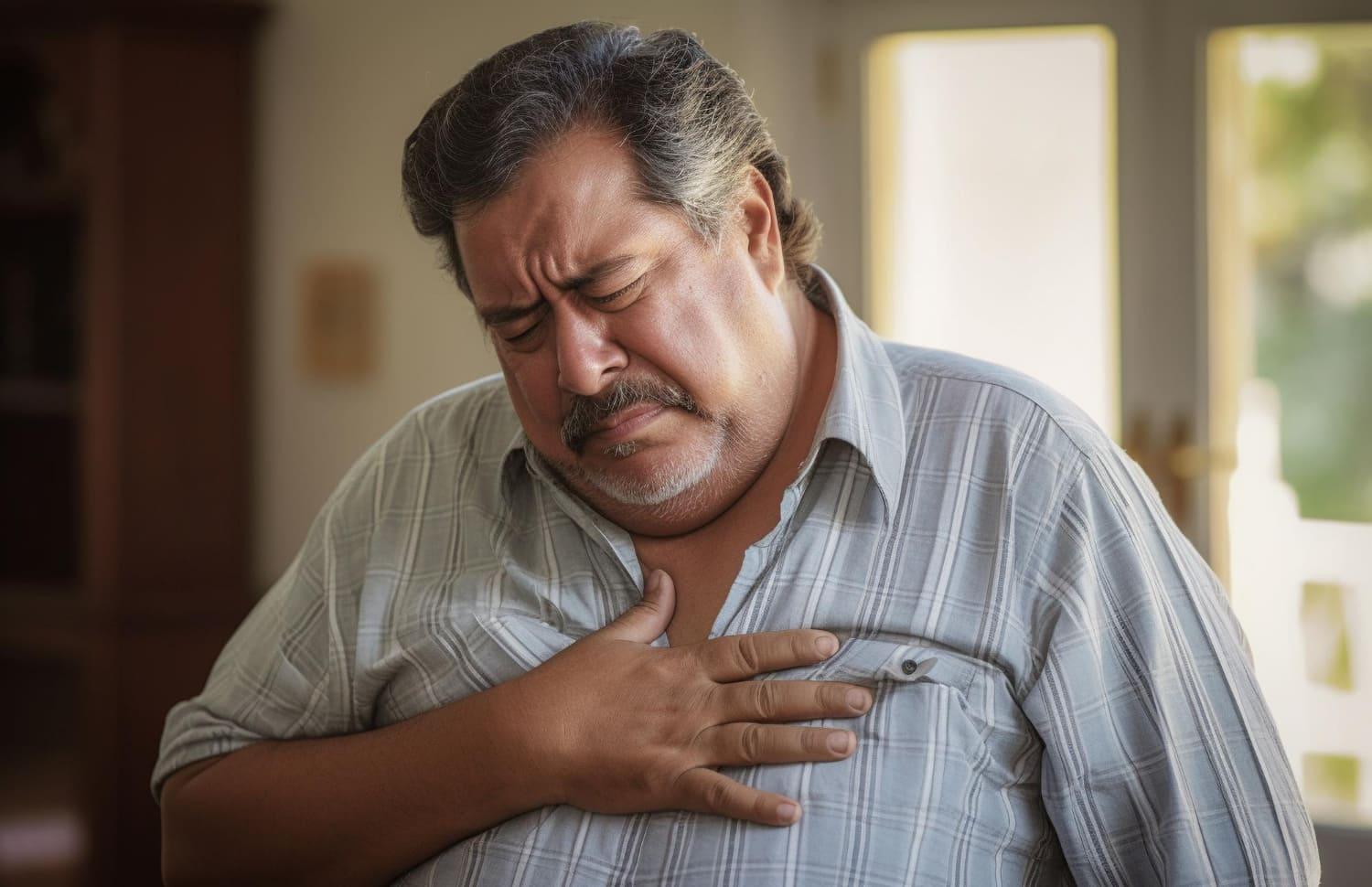Demystifying Heart Health: Understanding the Difference between Heart Attack and Cardiac Arrest
Apr 05, 2024

Heart health is a critical aspect of overall well-being, yet many individuals confuse terms like "heart attack" and "cardiac arrest." While both are serious medical events involving the heart, they are distinct conditions with unique causes, symptoms, and treatments. In this comprehensive guide, we will delve deep into the disparities between a heart attack and cardiac arrest, providing clarity and understanding to empower individuals to recognize and respond effectively to these emergencies.
A heart attack, medically known as a myocardial infarction, occurs when there is a blockage in one or more coronary arteries, which supply oxygen-rich blood to the heart muscle. This blockage typically results from the buildup of plaque—a combination of cholesterol, fat, and other substances—inside the arteries. When a plaque ruptures, a blood clot may form, obstructing blood flow to a portion of the heart muscle.
Symptoms of a Heart Attack
- Chest pain or discomfort, which may feel like pressure, squeezing, fullness, or pain
- Pain or discomfort in other areas of the upper body, such as the arms, back, neck, jaw, or stomach
- Shortness of breath
- Nausea or vomiting
- Cold sweats
- Light-headedness or dizziness
- Fatigue
- Anxiety or a sense of impending doom
It's essential to recognize these symptoms and seek immediate medical attention if you suspect a heart attack. Prompt treatment can help minimize damage to the heart muscle and improve the chances of recovery.
Understanding Cardiac Arrest
Cardiac arrest is a sudden loss of heart function, typically caused by an electrical malfunction in the heart that disrupts its normal rhythm. This malfunction can lead to an abnormal heart rhythm, such as ventricular fibrillation or ventricular tachycardia, in which the heart's lower chambers (ventricles) quiver or beat rapidly and chaotically, preventing the heart from pumping blood effectively.
Unlike a heart attack, which involves a blockage in the arteries, cardiac arrest occurs when the heart's electrical system malfunctions, causing the heart to stop beating altogether. As a result, blood flow to vital organs, including the brain, ceases, leading to sudden loss of consciousness and cessation of breathing.
Symptoms of Cardiac Arrest:
- Sudden collapse
- Loss of consciousness
- No pulse
- No breathing
- Gasping for air (agonal breathing)
Cardiac arrest is a medical emergency that requires immediate intervention to restore normal heart function and prevent irreversible damage to vital organs. Without prompt treatment, cardiac arrest can quickly lead to death.
Distinguishing Between Heart Attack and Cardiac Arrest
While heart attack and cardiac arrest are both cardiac emergencies, they differ in their underlying mechanisms, symptoms, and treatments.
1. Cause:
- Heart Attack: Caused by a blockage in one or more coronary arteries, typically due to plaque buildup.
- Cardiac Arrest: Caused by an electrical malfunction in the heart, leading to an abnormal heart rhythm and cessation of heartbeat.
2. Symptoms:
- Heart Attack: Symptoms often include chest pain or discomfort, shortness of breath, nausea, sweating, and fatigue.
- Cardiac Arrest: Symptoms include sudden collapse, loss of consciousness, absence of pulse, and cessation of breathing.
3. Treatment:
- Heart Attack: Treatment may involve medications to dissolve blood clots, angioplasty and stenting to open blocked arteries, and lifestyle changes to reduce the risk of future heart attacks.
- Cardiac Arrest: Treatment involves immediate cardiopulmonary resuscitation (CPR) to restore blood flow and defibrillation to restore normal heart rhythm, along with advanced cardiac life support (ACLS) measures in a hospital setting.
Conclusion
In summary, understanding the difference between a heart attack and cardiac arrest is crucial for recognizing the signs and symptoms of these life-threatening events and taking appropriate action. While a heart attack involves a blockage in the coronary arteries, leading to decreased blood flow to the heart muscle, cardiac arrest results from an electrical malfunction in the heart, causing it to stop beating effectively. Prompt recognition and intervention are essential in both cases to improve outcomes and save lives.
By educating ourselves and others about these critical distinctions, we can better prepare to respond to cardiac emergencies and protect our heart health.










